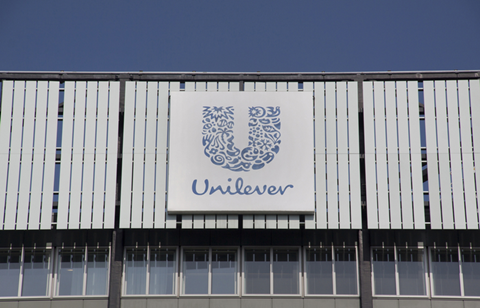
Consumer goods organisation Unilever uses a total reward platform to inform and engage its 155,000 global employees with its reward package.
Its bespoke reward system, UFlexReward, feeds the employer data about its employees' benefits preferences to enable it to provide personalised benefits packages. It also collates all costs involved with benefits, such as salary, pensions, bonus and shares, to give a picture of employees 'total reward.
The platform, which was originally rolled out in 2015, was developed inhouse for Unilever's own employees. It has since been made available to other organisations. In 2019, Unilever added new features to make it more user-friendly for staff, which included the accumulation of average benefits used by employees and recommendations of benefits that best suit an individual's preferences.
Unilever offers its employees a wide range of benefits and the platform gives the flexiblity to reduce or increase the benefits included in their packages. Its benefits include an employee assistance programme (EAP), counselling sessions, discounted gym membership and yoga classes.
The system also provides the organisation with real-time pay data, supporting Unilever in its gender parity reporting.
Peter Newhouse, global head of reward at Unilever, said: "The benefits technology that Unilever introduced aided employees in [straying away from the rigid benefits offering that many are used to, having to choose among benefits that they may not actually prefer.
"We decided that because not all employees are the same, they need to have the opportunity to choose what benefits they would like that suit their needs. The system gives the workforce much more power and influence on what they want. We found out this key information through the data that we received through the Uflexreward database."
Offering a flexible, total reward offering has, therefore, enabled Unilever to provide its employees with a personalised experience; they receive constant updates to remind them of new benefits on offer, and which ones are best suited to their current situation.
"Reward should incorporate every aspect of communication, engagement and the consumer," says Newhouse.











